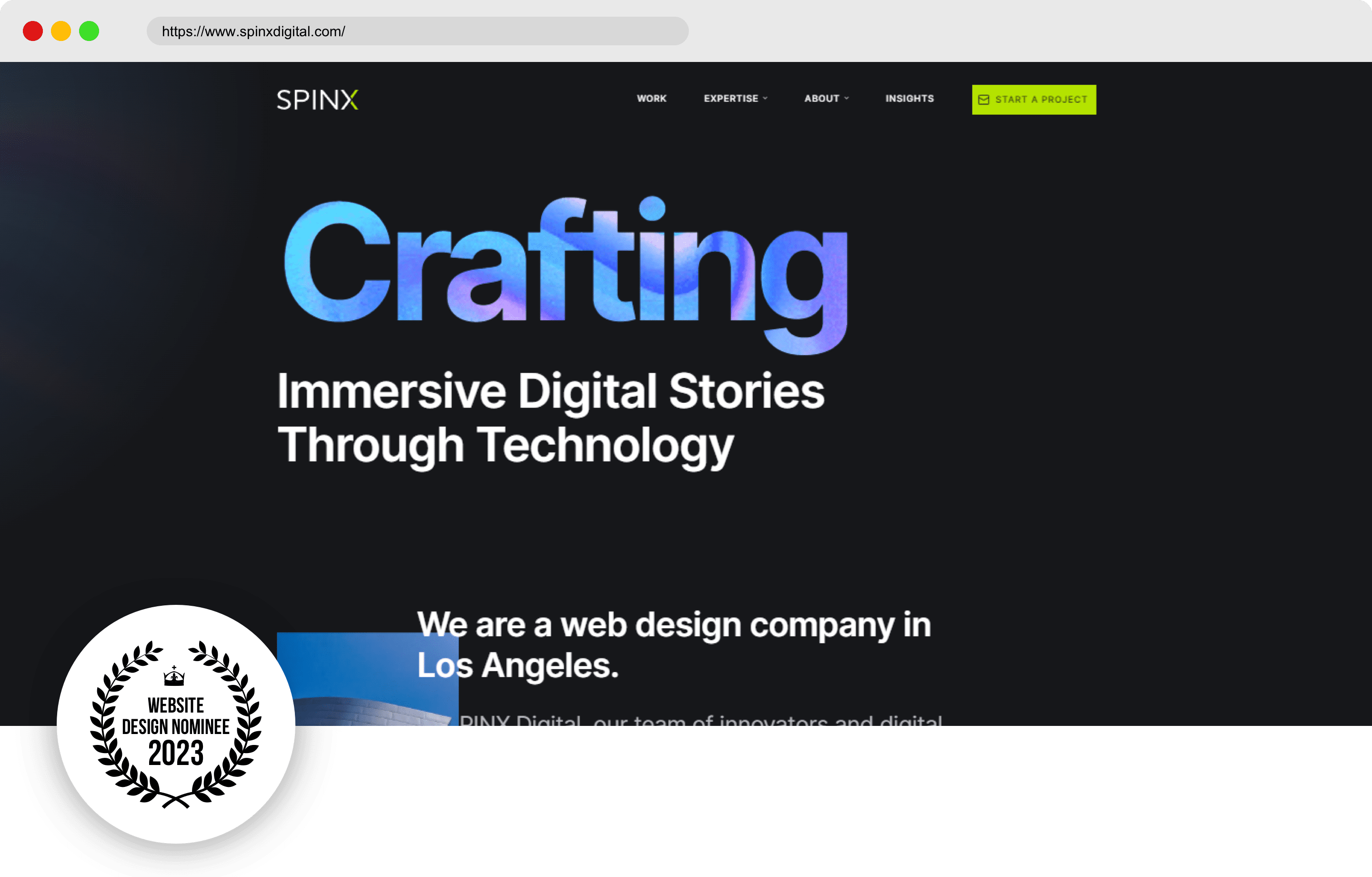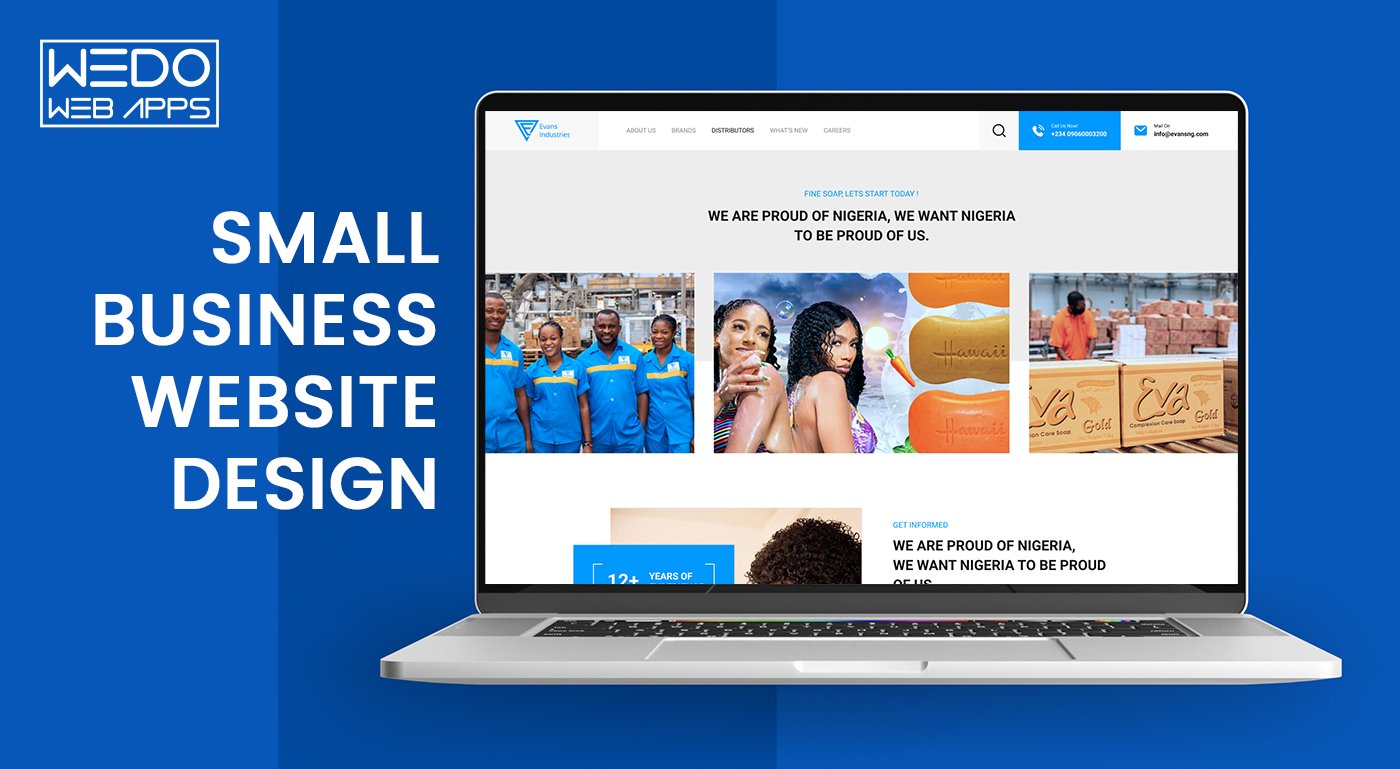Trick Approaches for Carrying Out User-Centric Site Layout to Boost Interaction
When considering the application of user-centric website design, specific approaches contribute in enhancing interaction. Extensive research study right into individual needs and preferences creates the foundation, leading the creation of individual characters to inform style selections. Instinctive navigation and responsive interfaces are vital, ensuring ease of gain access to throughout all tools. Meanwhile, personalizing material improves individual contentment, and durable ease of access functions widen reach. These approaches jointly cultivate an even more significant online experience. Exactly how do these aspects come together efficiently, and what practical actions can be taken to guarantee their effective combination?
Understanding Customer Requirements
Understanding customer requirements is a fundamental action in the process of user-centric website style. Techniques such as studies, meetings, and customer testing can provide important qualitative and quantitative information regarding just how individuals connect with the internet site.
Analyzing this data permits developers to create in-depth individual characters that represent the different segments of the target audience. These personalities help educate style choices by highlighting certain individual objectives and challenges, guiding the development of functions that deal with these requirements successfully. Additionally, understanding the context in which individuals operate-- such as their atmosphere, device choices, and time restrictions-- can even more refine the style approach.
Compassion plays a vital function in this procedure, allowing designers to see the site from the user's point of view. By prioritizing individual needs, the style procedure comes to be extra concentrated, avoiding the inclusion of unnecessary aspects that might mess the user experience. Ultimately, a deep understanding of individual requirements contributes in crafting a site that is both meaningful and useful.
Creating User-friendly Navigation
Having actually developed a thorough understanding of individual needs, the following step in user-centric internet site design entails creating instinctive navigating. Efficient navigating is basic to user contentment, influencing how quickly customers can discover details and full tasks. To achieve intuitive navigation, designers should focus on simplicity and clearness, guaranteeing that the navigation structure is rational and constant throughout the website.
Organizing content into a clear power structure is critical. Website Design. Using familiar tags and symbols can guide customers effortlessly, minimizing cognitive load and enhancing the overall individual experience. A properly designed navigation bar need to be prominently placed, enabling customers to recognize their current place and quickly discover various other areas of the internet site
It is also important to incorporate interactive aspects such as breadcrumbs and search capabilities to aid users in navigating complex sites. These features provide additional pathways and improve the accessibility of material, dealing with numerous user preferences and behaviors.
Evaluating navigation with genuine individuals is important to identify potential pain factors and make sure capability straightens with user expectations. Routine comments loopholes and iterative improvements can assist maintain an effective navigating system that adapts to progressing customer demands, inevitably enhancing engagement and complete satisfaction.
Creating Receptive Interfaces
Inevitably, creating receptive interfaces is a crucial element of modern website design, making certain that web sites are available and useful throughout a wide range of tools and screen dimensions (Website Design). This adaptability is crucial in a landscape where customers access web content through smart devices, tablet computers, visit the website laptop computers, and desktops, each with differing resolutions and orientations. The key goal of responsive design is to enhance customer experience by preserving optimum readability and use, regardless of the device utilized
To achieve this, internet developers utilize flexible grid layouts, fluid photos, and CSS media queries. Adaptable grids permit web site components to resize proportionally, while liquid pictures make sure visuals range suitably without losing top quality. Media queries play a crucial duty by applying different styles based upon the device's characteristics, such as orientation, width, and height, hence customizing the design to the user's screen.
Moreover, receptive user interfaces add to improved seo (SEARCH ENGINE OPTIMIZATION) by supplying a smooth customer experience, which consequently can decrease bounce prices and increase site interaction. In summary, adopting responsive style is not simply a technical factor to consider but an important approach for fostering a user-centric internet setting that meets the requirements of a diverse audience.

Customizing Material Experience
Customizing content experience is an important element of user-centric internet site style that entails tailoring web content to fulfill the one-of-a-kind preferences and habits of specific customers. This method not only enhances individual contentment however also promotes deeper involvement, as visitors are most likely to connect with material that resonates with their passions and requirements. By leveraging data analytics and customer comments, companies can identify patterns and fads that inform the personalization of web material.
Incorporating personalization methods can range from simple modifications, such as suggesting products based upon browsing history, to much more advanced see strategies like dynamic web content that adjusts in real-time to a user's interactions. Customized landing web pages can significantly raise conversion prices by offering customers with appropriate info and provides that line up with their previous activities and choices.
Furthermore, using fabricated intelligence and artificial intelligence can better improve content personalization by constantly learning from user habits and adjusting to arising fads. This not just enhances the user's trip yet likewise develops brand name loyalty, as customers feel understood and valued. Ultimately, individualizing the material experience is a crucial approach for companies aiming to create a much more engaging and purposeful interaction with their target market.
Enhancing Availability Functions
Enhancing ease click to read of access attributes is a fundamental element of user-centric internet site layout, guaranteeing that digital material is functional by everyone, including people with handicaps. This technique not only abides by lawful standards such as the Americans with Disabilities Act (ADA) and the Web Material Availability Guidelines (WCAG) however likewise significantly broadens a site's target market reach. By incorporating features like keyboard navigating, display visitor compatibility, and alternate message for pictures, internet sites end up being extra inclusive, offering a seamless experience for individuals with visual, auditory, or electric motor disabilities.
Incorporating responsive style elements is essential, assisting in access on different tools and display dimensions, therefore fitting customers with various preferences and requirements. Moreover, contrast ratios and text size adjustments can improve readability for people with aesthetic difficulties. Supplying concise and clear content structure, such as checklists and headings, aids understanding and navigation, particularly for users with cognitive specials needs.
Normal ease of access audits ought to be carried out to identify and correct prospective barriers, ensuring continued compliance and use. By focusing on accessibility, organizations not just foster inclusivity yet additionally boost overall customer interaction and satisfaction, ultimately driving greater conversion rates and enhancing brand loyalty.

Conclusion
Incorporating user-centric design strategies substantially enhances internet site interaction by prioritizing the requirements and choices of customers. Extensive research study promotes the development of customer personalities, guiding targeted design decisions.
Extensive study right into customer requirements and preferences develops the foundation, assisting the creation of user characters to notify design options. Strategies such as studies, meetings, and customer screening can offer valuable qualitative and quantitative data about exactly how customers connect with the internet site.
By prioritizing individual demands, the style process comes to be extra concentrated, avoiding the incorporation of unnecessary aspects that can clutter the customer experience. Reliable navigating is fundamental to customer complete satisfaction, affecting just how quickly customers can discover information and full tasks. The use of familiar labels and symbols can lead customers easily, decreasing cognitive tons and boosting the total user experience.